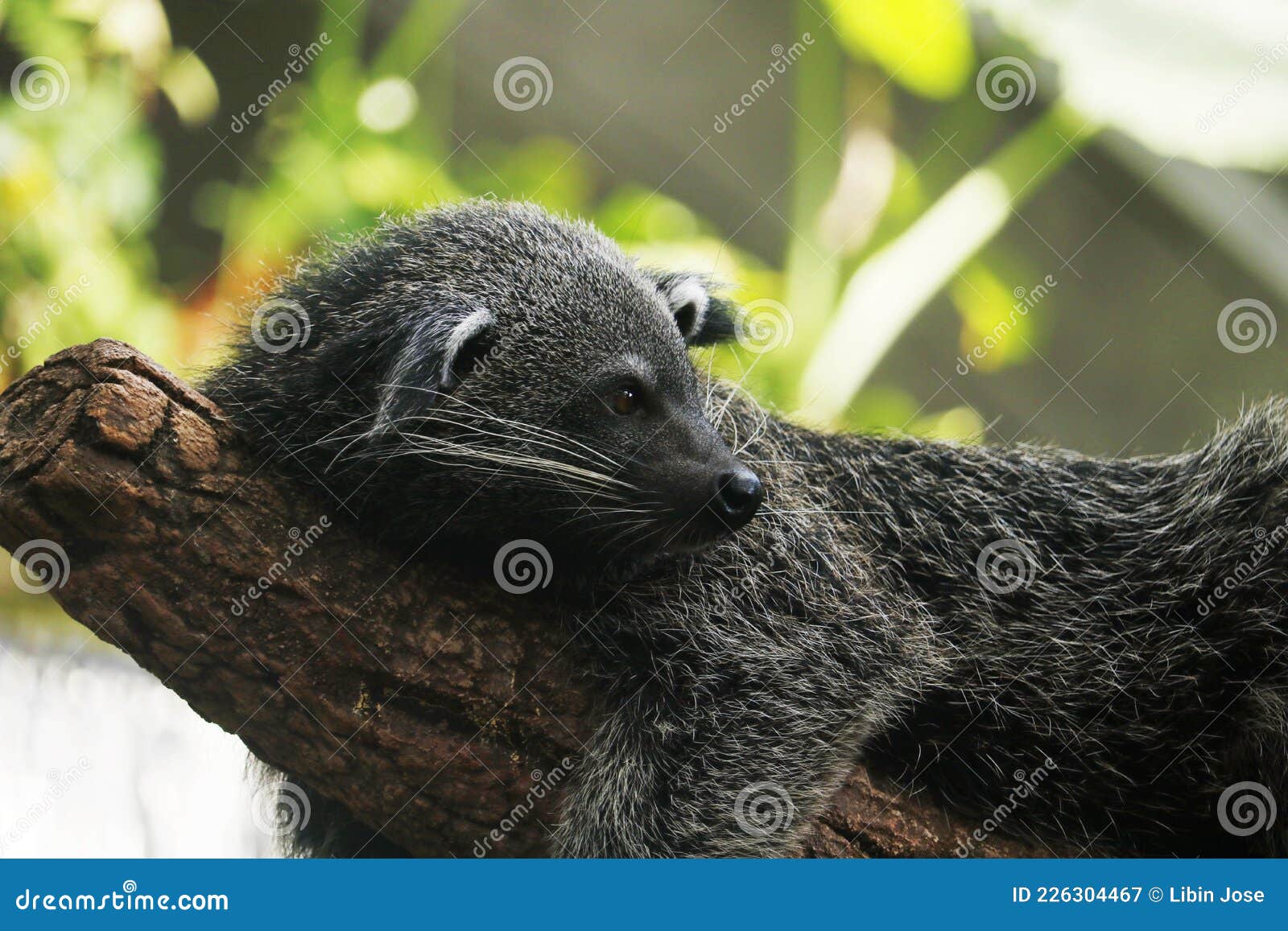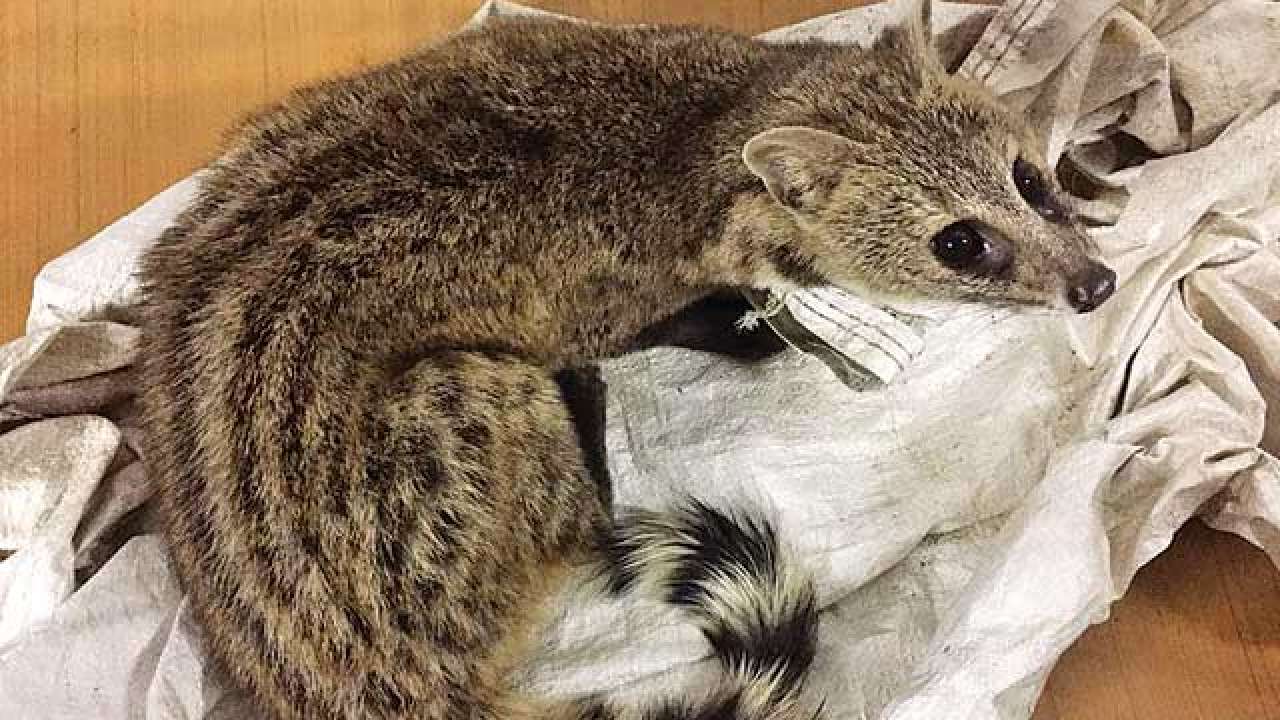Asian Palm Civet Cat For Sale

Palm civet cats weigh 4-10 lbs and are normally less than 2 feet in length making them comparable in size to a domesticated house cat with shorter legs a long.
Asian palm civet cat for sale. Civet coffee is one of the worlds most expensive and low-production varieties of coffee. The Asian Palm Civet naturally selects the ripest and therefore sweetest coffee cherries to enjoy the delicious fruit flesh. Palm Civet Paradoxurus mermaphroditus Interview with Dustyann Schoening.
The Palm Civet Cat feeds on ripe coffee berries that are partly digested. It is widely believed in southern China that eating wildlife can increase the. And worked on by enzymes before being discarded in its excreta.
The Palm Civet cats droppings left under coffee plants are responsible for one of the most expensive and aromatic coffees in the world. For this reason the IUCN lists it as a species of Least Concern. 13 new Asian Palm Civet For Sale results have been found in the last 90 days which means that every 7 a new Asian Palm Civet For Sale result is figured out.
An Asian Palm Civet has a musky odor that serves a mostly defensive purpose as well as using the scent to mark its territory. For sale asian palm civet cat this cats dung are made into coffee beans and very expensive s800 dollars per kilo. Brother yung tae daw nyan eh pinapatuyo at inihahalo sa coffee mabili sa thailand yang coffee na gawa sa tae ng civet cat.
It is made from the beans of coffee berries which have been eaten by the Asian Palm Civet then passed through its digestive tract. Positives of palm civets as pets. In most parts of the world excrement from wild animals is considered waste.
Tastes like Timmys. Civet coffee sells for an average of usd 150 to 200 per 25 gramsin davao the beans are mainly sourced from the company of davao businessman philip d. Native in green introduced in red The Asian palm civet Paradoxurus hermaphroditus also called common palm civet toddy cat and musang is a viverrid native to South and Southeast AsiaSince 2008 it is IUCN Red Listed as Least Concern as it accommodates to a broad range of habitatsIt is widely distributed with large populations that in 2008.



















